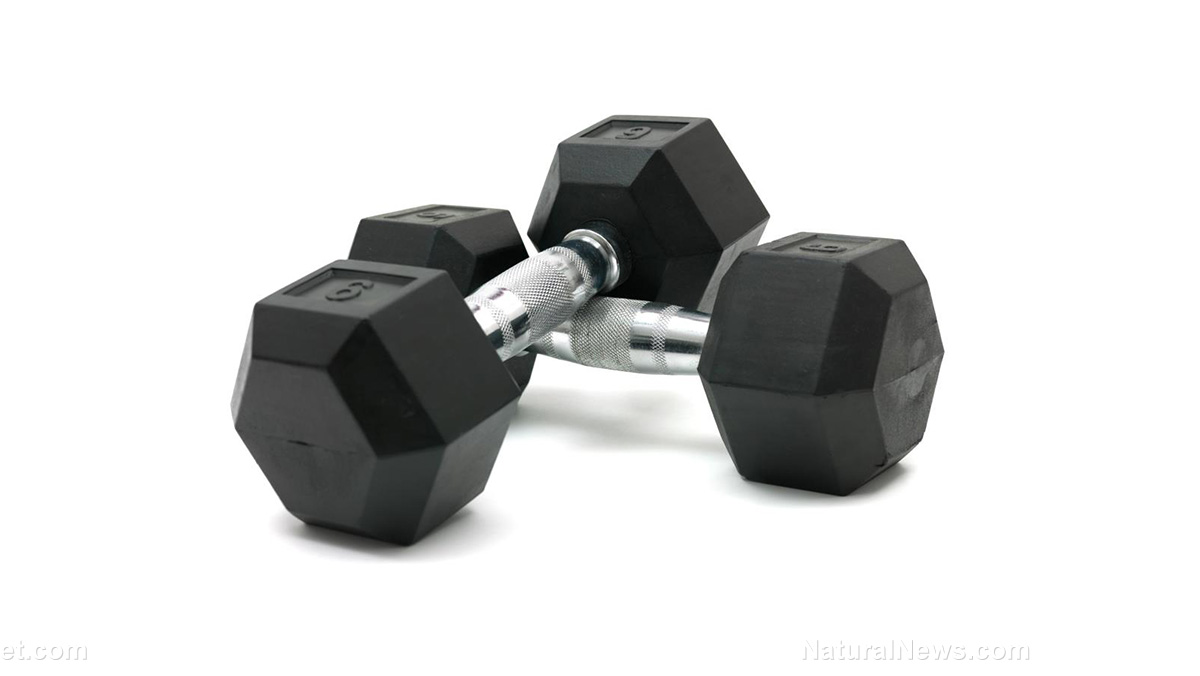
Resistance exercise could therefore be a way to decrease a diabetic's growing resistance to insulin treatment.
Insulin is a natural hormone responsible for helping the body absorb blood sugar. The absorbed glucose is transformed into energy that powers bodily functions, such as muscular action that moves our limbs.
Unfortunately, people with Type 2 diabetes become resistant to the beneficial effects of insulin. Their muscles and other body parts are unable to effectively absorb glucose from the blood.
Increasing levels of insulin resistance can lead to runaway amounts of blood sugar. High glucose levels are associated with a number of conditions and diseases, some of which can be fatal. (Related: Glucose tolerance can be improved with muscle-damaging exercise.)
Aerobic exercise proven to reduce blood sugar production in liver
Insulin is not the only natural substance that affects the blood sugar absorption level. The APPL1 protein performs a similar regulatory role in fat cells. Furthermore, this protein can raise the efficacy of insulin in the muscles.
Researchers have not yet pinned down the exact reason as to why physical exercise can boost the expression of APPL1. But an earlier Brazilian study covered how aerobic exercise effectively raised its expression in mice that suffered from diet-induced obesity.
In that previous experiment, obese mice underwent significant amounts of aerobic exercise, which increases the endurance of practitioners. The chronic training was shown to improve APPL1 expression. This increased the effectiveness of insulin while also reducing the amount of hepatic glucose produced by the liver.
With this in mind, researchers from several Japanese universities investigated the potential effects of a different type of exercise. They used rats to show possible correlations between resistance training and APPL1 expression.
In resistance training, muscles are made to work against a force or weight. The workout builds up the size and strength of muscular tissues. As one may guess, it is popular with bodybuilders and people who want well-defined muscles.
Rat model shows that resistance exercise improves APPL1 expression in muscles
In their study, the Japanese researchers assembled two groups of rats, which are often used to study diabetes in humans. One group modeled Type 2 diabetes. The other one was comprised of non-diabetic rats; these animals served as a control.
At the start of the experiment, the diabetic rats showed lower APPL1 expression and greater insulin resistance when compared to the control group. The researchers subjected one leg of these animals to resistance training every week for a period of six weeks.
At the end of the trial period, the exercised legs of the diabetic rats showed significant improvements in both APPL1 expression and insulin resistance.
The researchers also found a quartet of individual signaling pathways associated with APPL1 expression. The bouts of resistance exercise activated these particular pathways, which helped raise the expression of the glucose-regulating protein.
“These results are suggestive of a mechanism for chronic resistance training-induced improvements in insulin sensitivity in skeletal muscles of rats with [Type 2 diabetes],” the researchers reported in their findings, where they recommended resistance exercise as a physiological treatment method for high blood sugar levels.
They published the results of their experiment in the American Journal of Physiology—Endocrinology and Metabolism, where it became one of the feature articles for April 2018.
Read about additional health benefits from increased physical exercise at Naturopathy.news.
Sources include:
Please contact us for more information.























